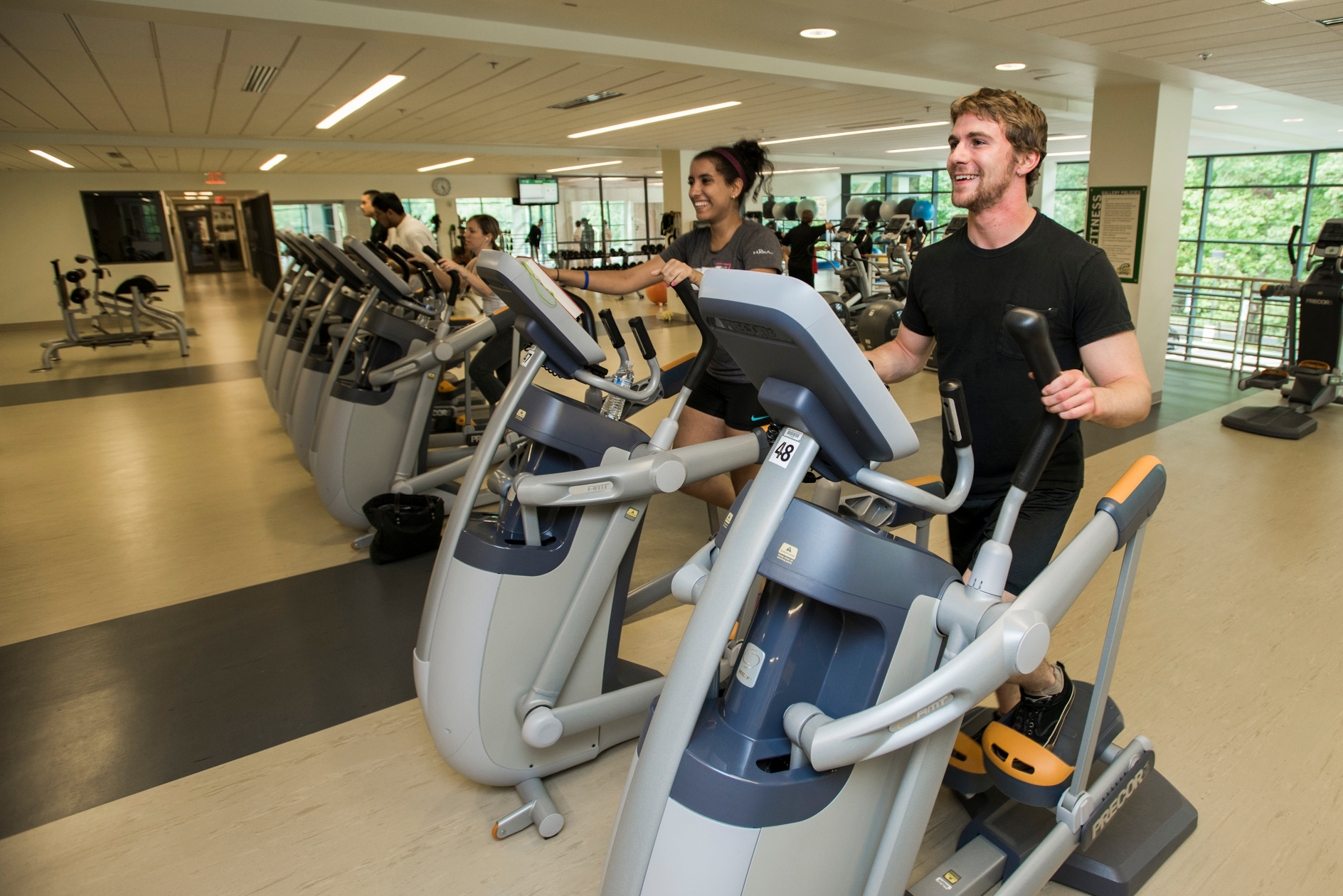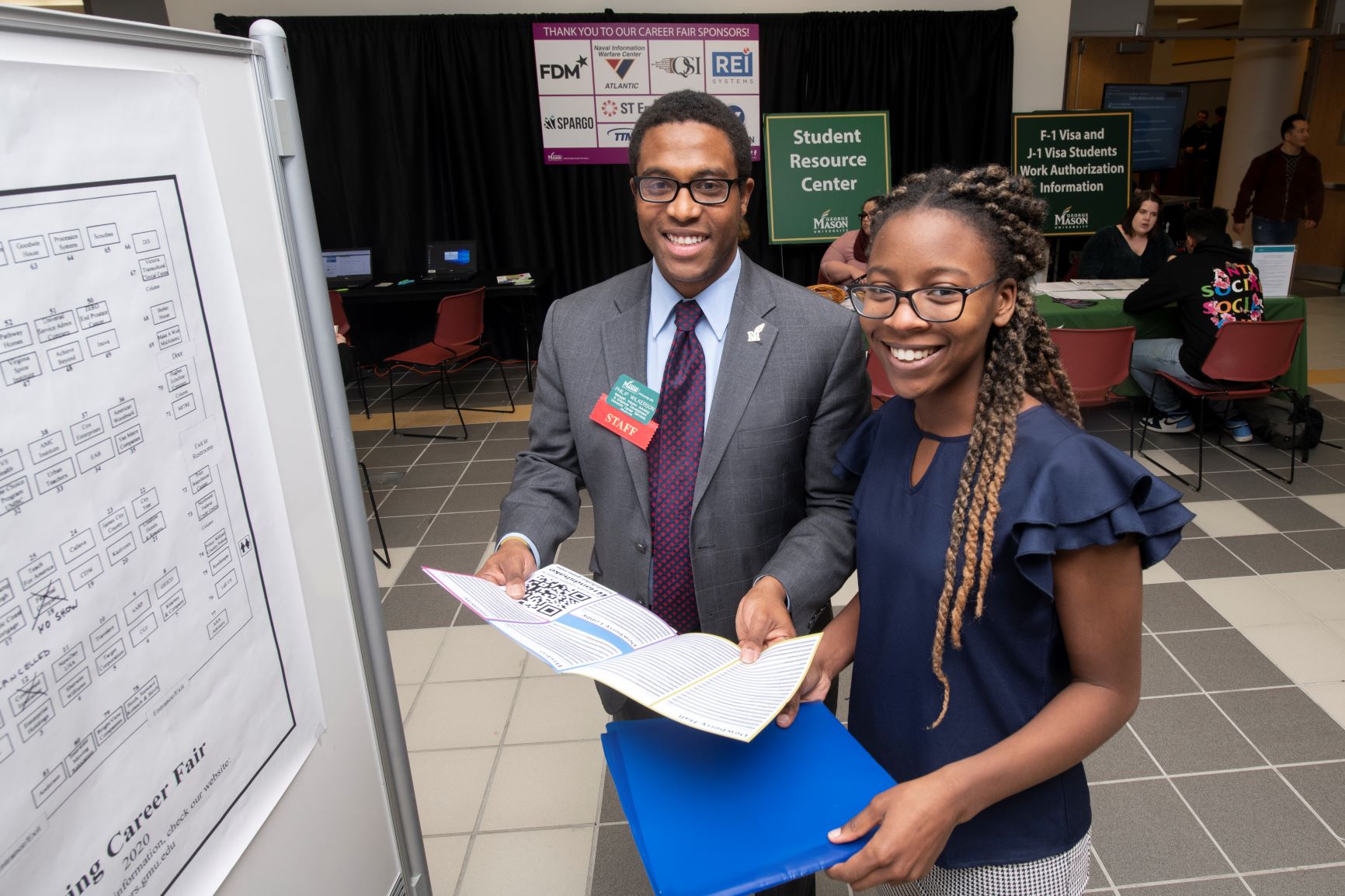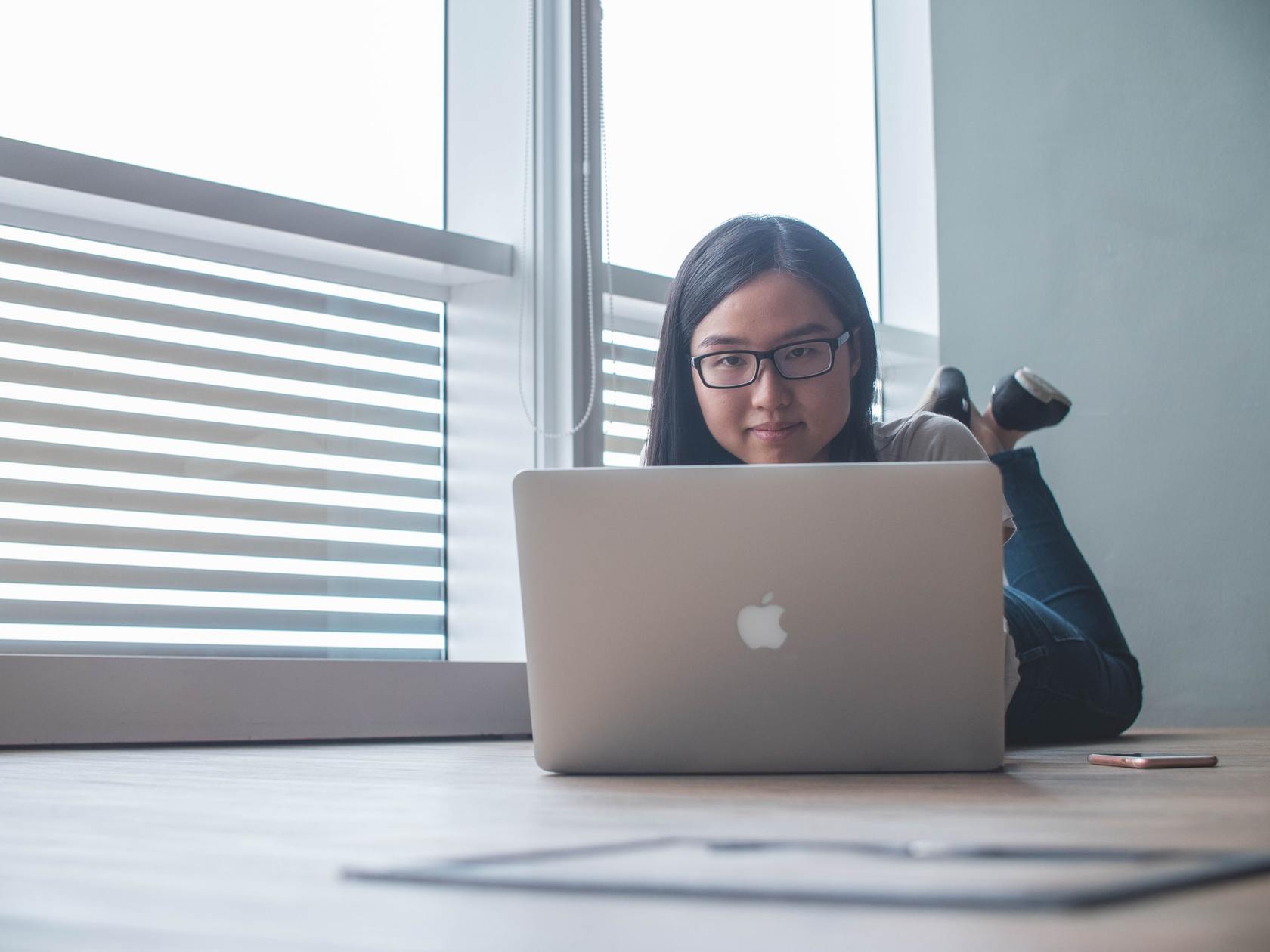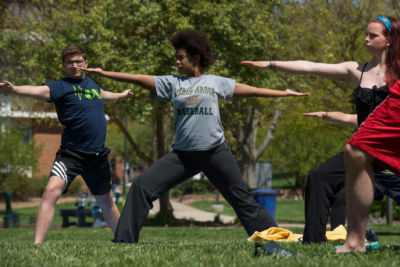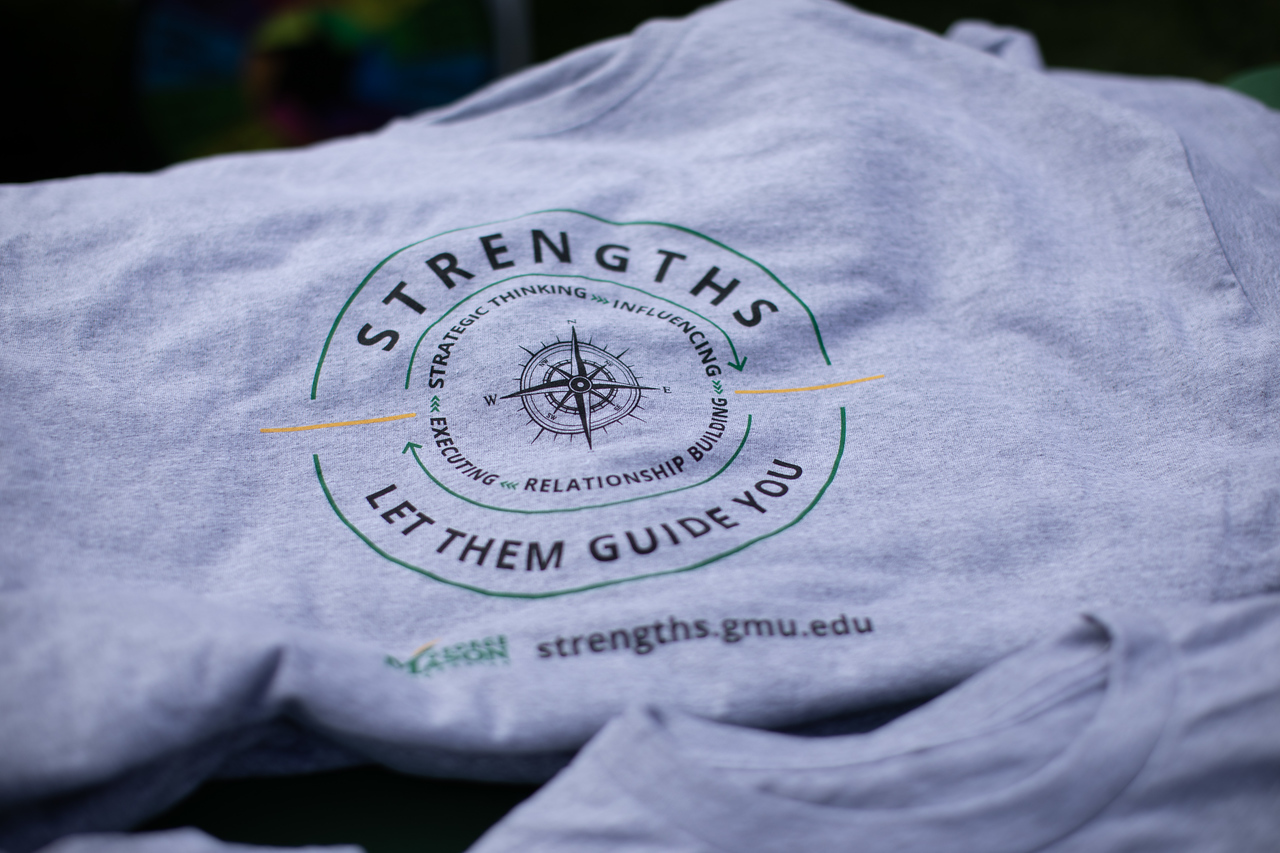By: James E. Maddux, Ph.D., CWB Senior Scholar
“When it comes to health and well-being, regular exercise is about as close to a magic potion as you can get.” – Thich Nhat Hanh, monk and peace activist
Hundreds of studies show that physical fitness (cardiopulmonary capacity, muscle strength, and endurance) is one of the keys to a longer, healthier, happier life. Regular exercise is one of the most important contributors to physical fitness and to the prevention of a host of physical and psychological problems. Exercise reduces the risk of heart disease, colon cancer, Type 2 diabetes, osteoporosis, and hypertension. It enhances weight control, the maintenance of healthy bones, muscles and joints, and physical strength and endurance. Physical activity also can enhance self-esteem and feelings of subjective well-being and reduce depression, anxiety, and stress.
Keeping physically fit has become an even bigger challenge during the pandemic, now that millions of people are unable to go to their health clubs, Pilates classes, and yoga classes – spending many more hours at home than usual. But physical fitness is essential to managing the fear, sadness, and boredom that many people are experiencing. Knowledge of this research may be what guided the vast majority of states and cities who have issued “stay at home” orders to include exercise along with going out for food and going to medical appointments as necessary activities that are exempt from the rules. Here are three activities you can do to combat the stress and boredom of spending more time indoors.
Activities
Walk. Walking outdoors is probably the simplest, cheapest, and most natural form of exercise that you can get. If being physically active is new for you, then start small. Three 10-minute walks are as good as a single 30-minute walk – and it’s a good way to break up your day. It doesn’t matter where you walk because the goal is not to get somewhere but simply to move. But if you find some trees or flowers to walk past, then so much the better, as we learned a few weeks ago from the weekly well-being blog on spending time in nature. For the best results, leave your phone at home and simply walk, look, listen, think, and breathe. This may be the most difficult part of all for many of you!
Avoid sitting for long periods of time. Sitting for long periods of time can be as bad for your health as smoking cigarettes. To avoid extensive periods of sitting, buy a simple, inexpensive kitchen timer or use the timer of a microwave. Before you sit down to work, read, or watch your favorite movie or series, set the time for 25 minutes. When the bell or buzzer rings, get up and move around for a few minutes. Get down on the floor and stretch or do a few yoga exercises. Or simply stand and continue watching whatever you were watching for a few minutes while standing up.
Five-minute full body stretch. Click on this link and do the 5-minute full body stretch that’s guided by exercise instructors.
Additional Resources
Our center’s Resilience Resources Weekly article on how to strengthen physical activity can help support both your physical and psychological well-being.
Write one of these Thriving Together Series features! We’re looking for contributions on all topics related to well-being. Read other Thriving Together Series articles here and contact us at [email protected] for guidelines. Thank you for helping our Mason community thrive together online!

